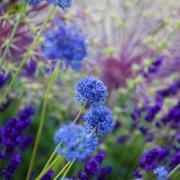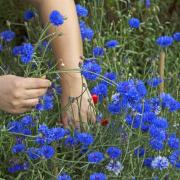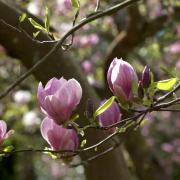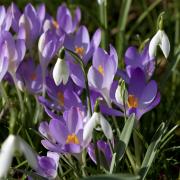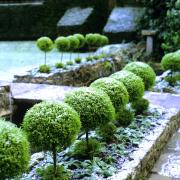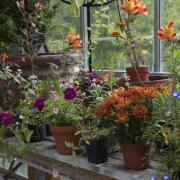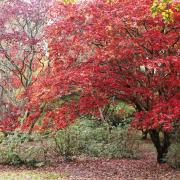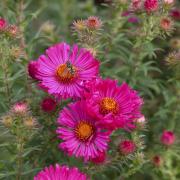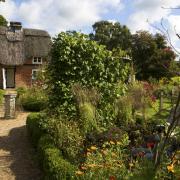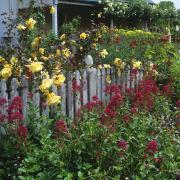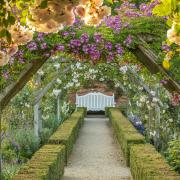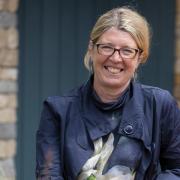Leigh Clapp visits the beautiful gardens at Hambledon House that have been lovingly created over the years by Diana and David Hart Dyke

When Captain David Hart Dyke and his wife Diana, along with their two teenage daughters, moved to Hambledon House in 1984 they already knew the property. “Our friends lived in the house and I had always thought of it as somewhere I would love to live. When the moment came we were very fortunate that we were able to buy it,” Diana recalls.
The attractive Georgian house is in a secluded setting behind mellow flint walls in the centre of the village and has three acres of garden and a two-acre paddock.
Being set in a valley the frosts can be severe and it can be very hot in summer, while the soil is full of stones and flint and in some places is quite shallow over chalk. “But at least it’s workable, unlike clay, and we make our own leaf mould which I use to improve the soil before planting,” Diana explains.
Gradually, over time the garden has evolved under their care into loosely divided areas brimming with all season interest. David, an artist, is good with lines and Diana designs with plants. “I’m not a believer in instant gardens, each year we have a project,” adds Diana. Deep borders display a tapestry of colour and form. Spring bulbs are followed by massed perennials, with bark and berries continuing the show through winter. Some areas reveal themselves, bordering the flowing lawns and others are partly hidden by hedges to offer delightful surprises as you discover them.
“I started gardening at the age of 10 when I was given a small border in the garden and packets of seeds by my mother” Her long-term interest has continued through hands-on experience, visiting gardens and reading avidly. Pleasure has come too from sharing the love of plants with her nephew Tom Hart Dyke, who created The World Garden at his home, Lullingstone Castle.
Patient progress has given wonderful results that continue to mature.
“I’m a keen plantswoman but I don’t just collect plants for the sake of it. It’s the combinations of colour, shape and form which are my passion – how you put them together and how they evolve over the years. That’s what really gives a garden something special. I’m constantly adjusting things, finding new plants, trying different colour combinations and creating new borders.” Colour schemes vary from soft mauves and creams through to dark maroons and deep purples to dazzling crimsons and gold.
“My style is influenced by being brought up in very hot climates, such as the Sudan and Persian Gulf, where my father was a diplomat, with plants such as oleander and bougainvillea. It did make me feel that I wanted a huge amount of colour and a bit of an exotic atmosphere.”
Plant highlights in August include a collection of salvias, ornamental grasses, heleniums, towering lilies and Buddleja davidii ‘Blue Horizon’. Diana enjoys all the areas in the garden as they look their best in different seasons and is particularly fond of developing little hidden corners to sit and relax in. Propagating many of her own plants allows a continuing supply of material to experiment with in the borders in this plantaholic’s paradise.
Diana and David have been welcoming visitors to share their garden through The National Gardens Scheme for twenty-five years. This very popular garden attracts both new and return visitors interested to see the continuing evolution. “If you have a passion in life you do enjoy sharing it with others, discussing both the difficulties and successes with fellow gardeners,” Diana concludes.
--------------------------------------------------
Read on
Things to see and do in OvertonLeigh Clapp visits Tanglefoot garden in CrawleyDeborah Griffiths shares her top tips for wildlife gardening




